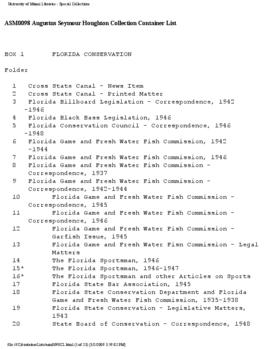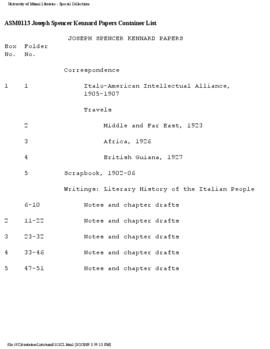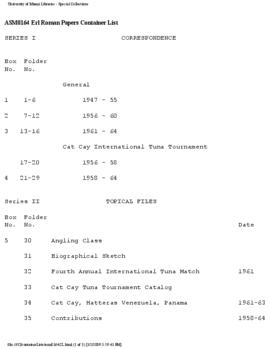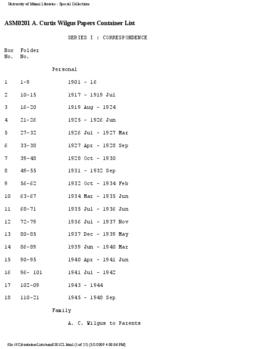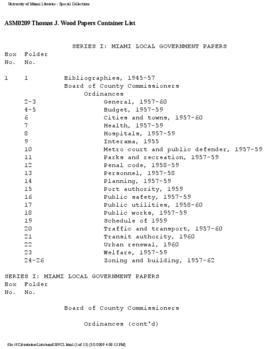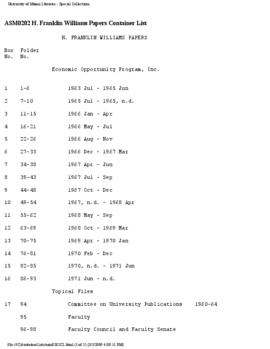- ASM0126
- Colección
- 1933-1997
The Nicaragua collection documents the Nicaraguan diaspora living in Miami during the 1980s and the political and social conditions in Nicaragua from the 1979 Sandinista revolution onward until their loss of power in 1990.
Many of the materials falling into the latter category are from the United States in origin, such as anti-Soviet propaganda endorsing the anti-Sandinista "Contra" Freedom Fighters, pamphlets that describe the Sandinista government and Central America in general from an American perspective, and periodicals and reports about Nicaragua written to an American audience. The materials that document the Nicaraguan diaspora are mostly fliers, menus, calendars, brochures, and other genres that were from local Nicaraguan businesses, restaurants, clubs, and other organizations. Some of the materials transcend these two categories, as many that concern the political conditions are addressed to or produced by Nicaraguan exiles.
A large part of the collection consists of photocopies of news articles.
Writers that are especially represented by the collection include Ruben Dario, Esteban Duque-Estrada, and Luis Mejia Gonzalez. Associations and organizations that are especially represented include Alanzia Revolucionaria Democrática (ARDE), American Defense Foundation, American Defense Lobby. Asociación Nicaragüenses en el Exilio, Asociación Nicaragüense pro Derechos Humanos, Bloque Opositor del Sur (B.O.S.), Council for Interamerican Security, Fundación Ruben Dario, Nicaraguan American Solidarity (NICAS), Nicaraguan Freedom Fighters, Partido Conservador de Nicaragua, Partido Socialcristiano de Nicaragua en el Exilio, Resistencia Nicaragüense, and Unidad Nicaragüense Opositora (UNO). Materials from some of these were grouped together in a series titled "Associations."
Also of notice are brochures advertising tourism to Nicaragua during the Sandinista regime, and memorabilia such as a handmade Nicaraguan crest, Nicaraguan paper money from the Sandinista era, and a pin that says "If you like Cuba you'll love Nicaragua."


